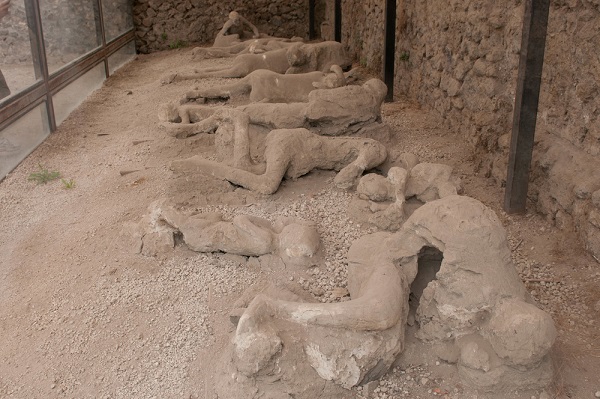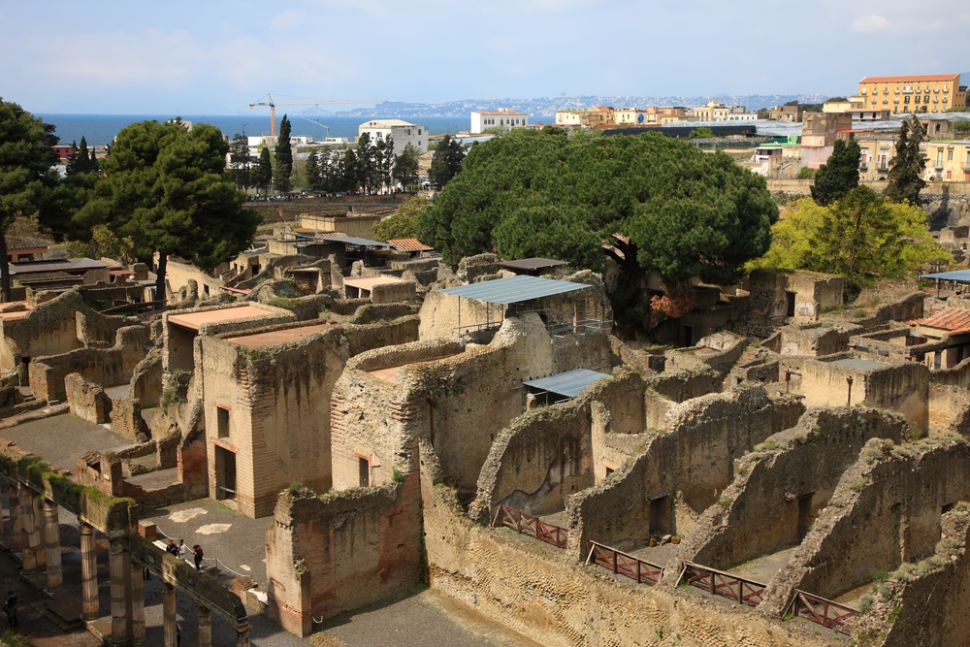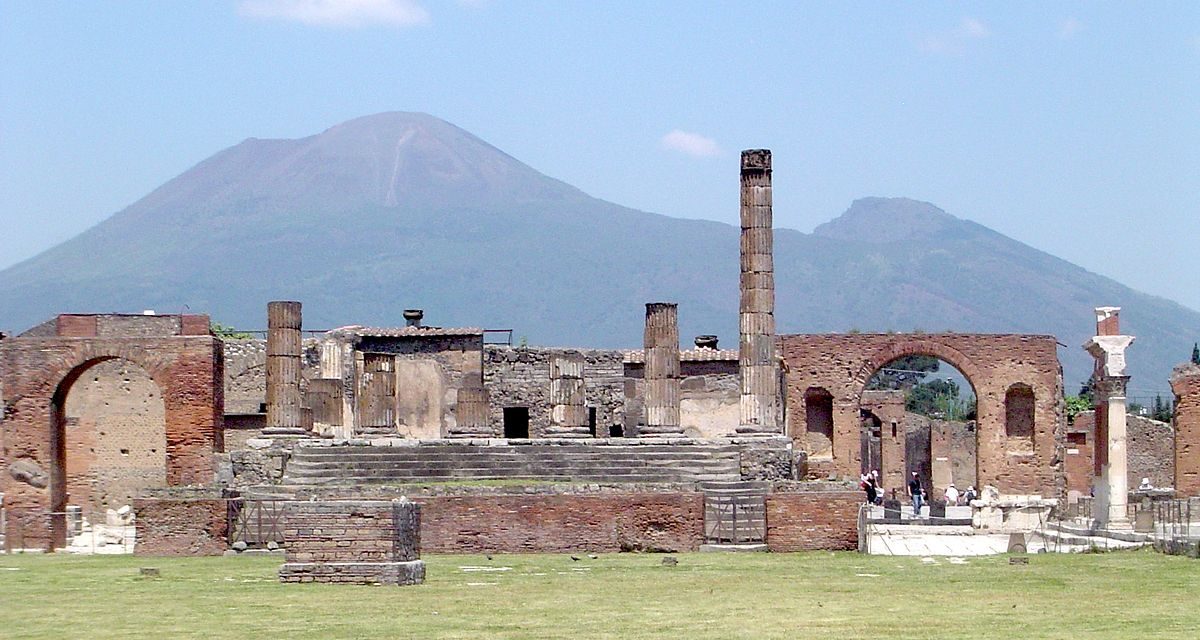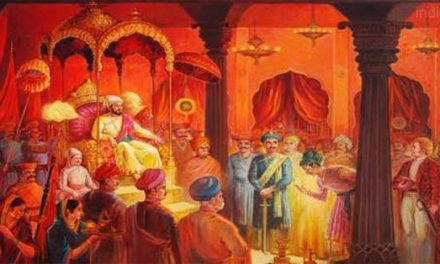Pompeii is one of the world’s rarest phenomena. Unlike other historical sites, the age-old city seems petrified in time, much like a picture taken from the period when the city was alive. This is due to the ancient land being hidden under 13 to 20ft of volcanic debris caused by the eruption of Mount Vesuvius in 79 AD. This led everything the lava engulfed in its path to be well preserved. This included buildings, statues, monuments, artwork, even food and bodies of people burned in the eruption, making Pompeii an equally fascinating and eerie sight to observe.
This is why it is one of the most prominent tourist attractions in its country, appealing to about 2.5 million visitors annually, and is also established as a UNESCO World Heritage Site. Pompeii is now a part of the present-day Italian city, Pompei, but it used to be a city of its own standing near Naples in Campania, Italy.
Mount Vesuvius, which is located five miles from Pompeii, is an active volcano and the only one of its kind in Europe. Even before the deadly eruption of 79 AD, this volcano would erupt frequently but would usually not cause any catastrophic damage. Thus, inhabitants nearby were used to the tremors caused by the eruptions and had adjusted to them accordingly. This may be why when a fatal earthquake had shaken the city of Pompeii in 63 AD, residents failed to catch the warning signs of the calamity that was about to come upon them.

Bodies preserved in ash at Pompeii. (Image credit: Alessandro Colle Shutterstock)
Fast forward to 79 AD, in the latter half of the year, Mount Vesuvius erupted and with it came a colossal catastrophe. The initial explosion caused an abundance of ashes, pumice and various other volcanic fragments to shoot up soaring in the sky. As the debris landed on nearby grounds, it covered the entire city with millions of tons of ashes, making it hard for people to breathe. At this point, a lot of the citizens had fled in fear of their lives but the ones who chose to stay were swept by a deadly flood of scorching poisonous gas and large rocks. After two days of such destruction, not much was left of the once flourishing city.
Pliny the Younger, a magistrate of ancient Rome, who was residing in Misenum on the other side of the Bay of Naples, was the only eyewitness to this explosion and had documented his experience in his book of letters, “Epistulae VI”. He writes, “Broad sheets of flame were lighting up many parts of Vesuvius; their light and brightness were the more vivid for the darkness of the night… it was daylight now elsewhere in the world, but there the darkness was darker and thicker than any night”.

Ruins at Herculaneum (Image credit: deepblue-photographer Shutterstock)
Pompeii was mainly a vacation land for the rich and famous, with expensive houses and villas sprinkled everywhere. It was a thriving city with a growing population and before the disaster of 79 AD, there was said to have been about 12,000 people dwelling there. Afterwards, about 2000 people were killed in the city and more than 16,000 were estimated to have died overall. Pompeii was rediscovered again in 1748 by a group of explorers who were near Campania. They were shocked to see just how well preserved the city had been under piles of ashes even after thousands of years. Later, the city was excavated further and, since then, a lot has been found regarding the life people led there, and these have even inspired lifestyles of the rich down the years.
When we see the remnants of the city, we see bodies that have been in the same posture as they were when they took their last breaths, a mother holding her child, people fallen on the streets, things that are gut-wrenching to see. But with that we also see well-structured edifices, statues, even loaves of bread and jars of fruits. We see a rare, apparent visualization of how people thousands of years ago existed. These are some of the many reasons why Pompeii remains a splendid example of history.
#Source www.livescience.com
Contributed by MARIFA KHAN





